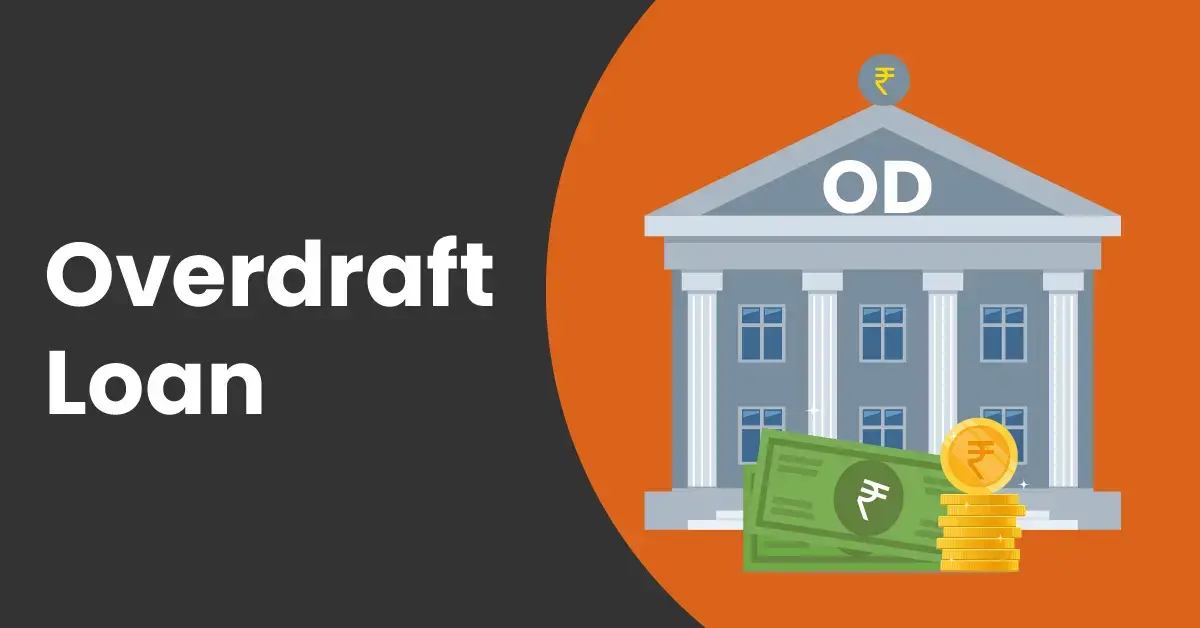Running a business is no small feat. Between managing inventory, handling payroll, dealing with suppliers, and ensuring steady sales, small business owners have their hands full. In such a busy environment, sudden cash gaps are not uncommon, especially when customer payments are delayed, or there’s an urgent need to stock up. This is where overdraft loans step in as a timely and flexible financial cushion for SMEs.
These overdraft loans offer immediate access to funds, allowing businesses to bridge short-term gaps without the delays of traditional loan processes. But why are they gaining popularity among shopkeepers, traders, and Kirana store owners? Let’s break down how overdraft loans work and why they’re becoming a go-to solution for small and medium enterprises.
Understanding Overdraft Loans

An overdraft loan is a pre-approved credit facility that allows business owners to withdraw more money than what’s currently available in their accounts. It acts as a safety net when your business runs into temporary cash flow crunches.
A term loan requires you to borrow a fixed amount and pay interest on the entire sum from day one. In contrast, an overdraft charges interest only on the amount you actually use, and only for the days you use it. This makes it one of the most flexible and cost-effective options offered by SME banks for businesses dealing with seasonal demand or unpredictable payment cycles.
Key Benefits of Overdraft Loans for Businesses
The key benefits of overdraft loans are:
1. Credit Limit up to ₹10 Lakhs
For many small businesses, getting access to high-value credit without offering collateral is tough. Overdraft loans give eligible SMEs access to up to ₹10 lakhs, making it easier to handle working capital needs, restock inventory, or cover sudden expenses without dipping into savings.
2. Collateral-free Credit
One of the biggest advantages is that there’s no need to pledge property, machinery, or any asset to secure the loan. For businesses operating without fixed assets, such as Kirana stores or service providers, this feature offered by SME banks is truly transformative.
3. Pay-As-You-Use Interest Structure
Interest is calculated only on the utilised amount. If you borrow ₹1,000, you pay just 50 paise per day for that amount. This structure gives business owners peace of mind, knowing they won’t be overburdened with unnecessary interest charges.
4. Zero Commitment Charges
Unlike some loan products that impose charges for keeping credit lines open, overdraft loans come without commitment fees on the unused amount.
5. Simple and Digitised Application Process
Gone are the days of lengthy applications and endless paperwork. With digital onboarding, business owners can apply online using basic documents like Udyam Registration and 12 months of bank statements. Approvals are fast, and disbursement is quick.
6. No Stock Statement Required
Traditional business loans may ask for regular stock or asset updates, a tedious task for shopkeepers or small businesses. Overdraft loans remove this hassle entirely.
Why SMEs Prefer Overdraft Loans?
For SMEs and retail business owners, time and flexibility are everything. Overdraft loans offer a practical way to manage short-term financial hiccups without getting tied into long-term commitments or handling complex approval processes.
SMEs often face cyclical cash flow challenges — think festive sales spikes, supplier delays, or sudden repair needs. Overdraft facilities provide a cushion that absorbs these shocks and keeps business operations running smoothly. The facility is also auto-renewable, meaning you won’t have to reapply every time your funding needs change.
Whether it’s hiring more staff for a busy season, upgrading shop interiors, or managing marketing expenses, overdraft loans are versatile enough to support a variety of use cases. They’re a solid backup plan that small businesses can rely on.
Eligibility Made Simple
Small business owners often find the loan eligibility criteria daunting. Overdraft loans simplify this process with basic requirements:
- The business must have been operational for at least three years.
- A valid Udyam Registration Certificate is mandatory.
- The applicant should be a shopkeeper, trader, or business proprietor.
- Submission of 12 months of bank statements is required.
Interestingly, even businesses that don’t have an account with the SME bank offering the overdraft loan can still apply, making the facility accessible to a wider range of merchants.
Funding Growth Without the Wait
Overdraft loans are more than just emergency funds — they are a smart financial strategy for businesses aiming to maintain cash flow and seize growth opportunities. Designed for shopkeepers, traders, and small businesses, this facility gives them the edge they need to handle the ups and downs of entrepreneurship.
Whether it’s expanding operations, purchasing inventory, or staying afloat during lean periods, the right overdraft facility makes a measurable difference in how businesses operate. If you’re a small business owner looking for a flexible, collateral-free credit line, you’re not alone. Financial institutions like HDFC Bank offer solutions that adapt to your needs and support your journey to success.

